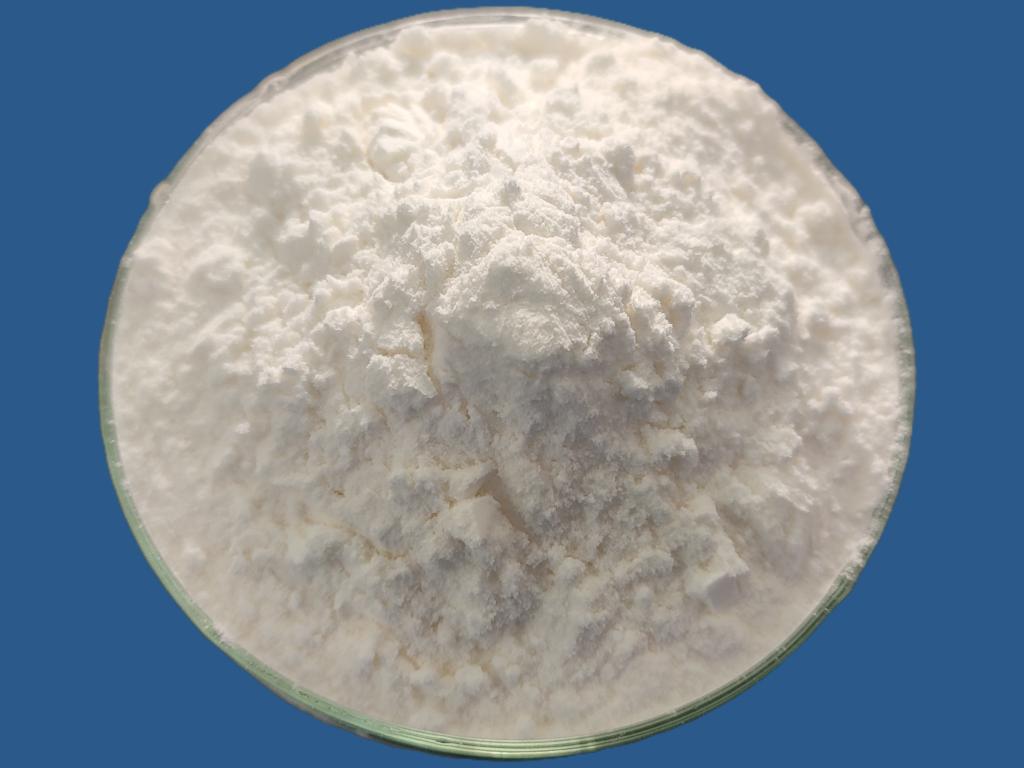Tel:0086 18231198596

News
Current Position:
Home >
News
>ε-Polylysine hydrochloride: A promising tool for enhancing food safety standards.
ε-Polylysine hydrochloride: A promising tool for enhancing food safety standards.
TIME:2024-04-19
Properties of ε-Polylysine Hydrochloride
Antimicrobial Activity: ε-Polylysine hydrochloride exhibits broad-spectrum antimicrobial activity against a wide range of bacteria, including Gram-positive and Gram-negative strains, as well as fungi and yeasts. Its efficacy extends to both planktonic cells and biofilm-forming microorganisms.
Low Toxicity: Studies have demonstrated the low toxicity of ε-Polylysine hydrochloride to humans and animals, making it suitable for use in food applications. It is generally recognized as safe (GRAS) by regulatory agencies such as the U.S. Food and Drug Administration (FDA) and the European Food Safety Authority (EFSA).
Stability: ε-Polylysine hydrochloride exhibits stability over a wide range of pH and temperature conditions, making it suitable for various food processing and storage environments. It withstands heat treatment and acidic conditions commonly encountered during food processing.
Biodegradability: ε-Polylysine hydrochloride is biodegradable, breaking down into non-toxic components in the environment. This eco-friendly characteristic aligns with sustainability goals in food production and waste management.
Applications of ε-Polylysine Hydrochloride in Food Safety
Preservation: ε-Polylysine hydrochloride can be incorporated into food products as a natural preservative to inhibit the growth of spoilage microorganisms, extending shelf life and maintaining product quality. It is effective in various food categories, including dairy products, meat and poultry, baked goods, beverages, and ready-to-eat meals.
Surface Sanitization: ε-Polylysine hydrochloride can be applied as a surface treatment for fruits, vegetables, and food contact surfaces to reduce microbial contamination and minimize the risk of cross-contamination during processing and handling.
Biofilm Control: In food processing environments, ε-Polylysine hydrochloride helps prevent biofilm formation on equipment surfaces, reducing the risk of microbial contamination and ensuring hygienic conditions.
Packaging Materials: Incorporating ε-Polylysine hydrochloride into food packaging materials can help inhibit microbial growth and extend the shelf life of packaged products, preserving freshness and quality during storage and distribution.
Benefits of ε-Polylysine Hydrochloride in Food Safety
Improved Shelf Life: By inhibiting microbial growth, ε-Polylysine hydrochloride extends the shelf life of food products, reducing waste and enhancing economic efficiency in food production and distribution.
Enhanced Food Quality: The use of ε-Polylysine hydrochloride helps maintain the sensory attributes, nutritional integrity, and overall quality of food products by minimizing spoilage and microbial contamination.
Reduced Dependency on Chemical Preservatives: ε-Polylysine hydrochloride offers a natural alternative to synthetic chemical preservatives, addressing consumer preferences for clean-label products while ensuring effective food safety measures.
Versatility and Compatibility: ε-Polylysine hydrochloride is compatible with various food processing methods, including heat treatment, freezing, and high-pressure processing, making it suitable for a wide range of food applications.
Compliance with Regulatory Standards: As a GRAS substance, ε-Polylysine hydrochloride meets regulatory requirements for food safety, providing assurance to consumers and regulatory agencies regarding its safety and efficacy.
Challenges and Considerations
Optimization of Formulation and Dosage: Determining the optimal formulation and dosage of ε-Polylysine hydrochloride for specific food products and processing conditions requires careful consideration of factors such as pH, temperature, and microbial load.
Cost Considerations: The cost of ε-Polylysine hydrochloride relative to other antimicrobial agents may influence its adoption in food production, necessitating economic evaluations and cost-benefit analyses.
Consumer Acceptance: Educating consumers about the safety and benefits of ε-Polylysine hydrochloride is essential to foster acceptance and trust in its use as a food preservative, addressing potential concerns or misconceptions.
Regulatory Approval: Ensuring compliance with regulatory standards and obtaining approval for the use of ε-Polylysine hydrochloride in food products may require comprehensive safety assessments and documentation.
Conclusion
ε-Polylysine hydrochloride represents a promising tool for enhancing food safety standards by inhibiting microbial growth, extending shelf life, and preserving the quality of food products. Its broad-spectrum antimicrobial activity, low toxicity, and compatibility with food processing methods make it a versatile and effective solution for addressing microbial contamination in various food applications. By leveraging the benefits of ε-Polylysine hydrochloride, food manufacturers can meet consumer demands for safe, high-quality products while promoting sustainability and reducing food waste in the global food supply chain.

 CONTACT
CONTACT




